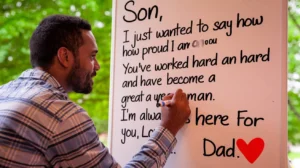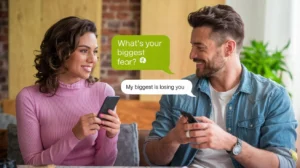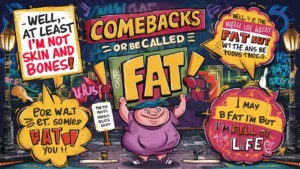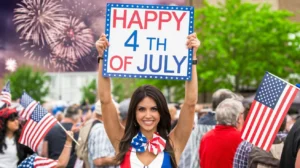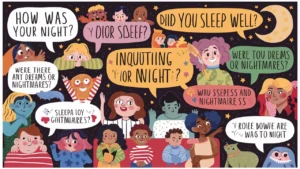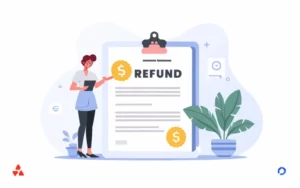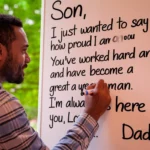Valentine’s Day is a special occasion celebrated by expressing love and affection towards loved ones, friends, and even acquaintances.
When greeted with “Happy Valentine’s Day,” responding in a thoughtful and engaging manner can enhance the festive spirit and deepen connections. Here are 30 creative responses to help you navigate this heartfelt occasion:
Aww, thank you! Same to you!
Adding a touch of warmth with “aww” expresses genuine appreciation for the wish. It shows affection while reciprocating the sentiment.
Example:
Friend:
“Happy Valentine’s Day!”
You:
“Aww, thank you! Same to you!”
This response conveys heartfelt gratitude and mirrors the wish back to your friend, fostering a caring exchange.
Happy Valentine’s Day! Hope yours is amazing too!
Wishing them a wonderful day while expressing hope for their enjoyment acknowledges the holiday and shows genuine interest in their experience.
Example:
Friend:
“Happy Valentine’s Day!”
You:
“Happy Valentine’s Day! Hope yours is amazing too!”
This response not only reciprocates the wish but also extends warm wishes for their day to be special, inviting them to share their experiences.
Thanks a lot! How are you celebrating?
Expressing gratitude and immediately engaging with a question about their celebration demonstrates interest in their plans and encourages further conversation.
Example:
Friend:
“Happy Valentine’s Day!”
You:
“Thanks a lot! How are you celebrating?”
By appreciating the wish and asking about their plans, you show genuine curiosity and openness to hearing about their Valentine’s Day activities.
Happy Valentine’s Day! How’s your day going so far?
Acknowledging the holiday and inquiring about their day opens up the conversation to discuss their experiences and activities.
Example:
Friend:
“Happy Valentine’s Day!”
You:
“Happy Valentine’s Day! How’s your day going so far?”
This response combines a warm wish with a prompt for them to share their day’s events, encouraging a meaningful exchange about their Valentine’s Day.
Thank you! Have a wonderful Valentine’s Day!
Expressing thanks and extending well-wishes in return shows appreciation for the greeting and sends positive vibes for their day.
Example:
Friend:
“Happy Valentine’s Day!”
You:
“Thank you! Have a wonderful Valentine’s Day!”
This response acknowledges the wish and concludes with a heartfelt wish for them to enjoy the day, spreading warmth and positivity.
Thanks! Any special plans for today?
Showing appreciation for the wish and asking about their plans demonstrates interest in their activities and invites them to share their Valentine’s Day agenda.
Example:
Friend:
“Happy Valentine’s Day!”
You:
“Thanks! Any special plans for today?”
By acknowledging their greeting and asking about their plans, you show genuine interest in their day and create an opportunity for them to share their Valentine’s Day festivities.
Happy Valentine’s Day! What’s on your agenda?
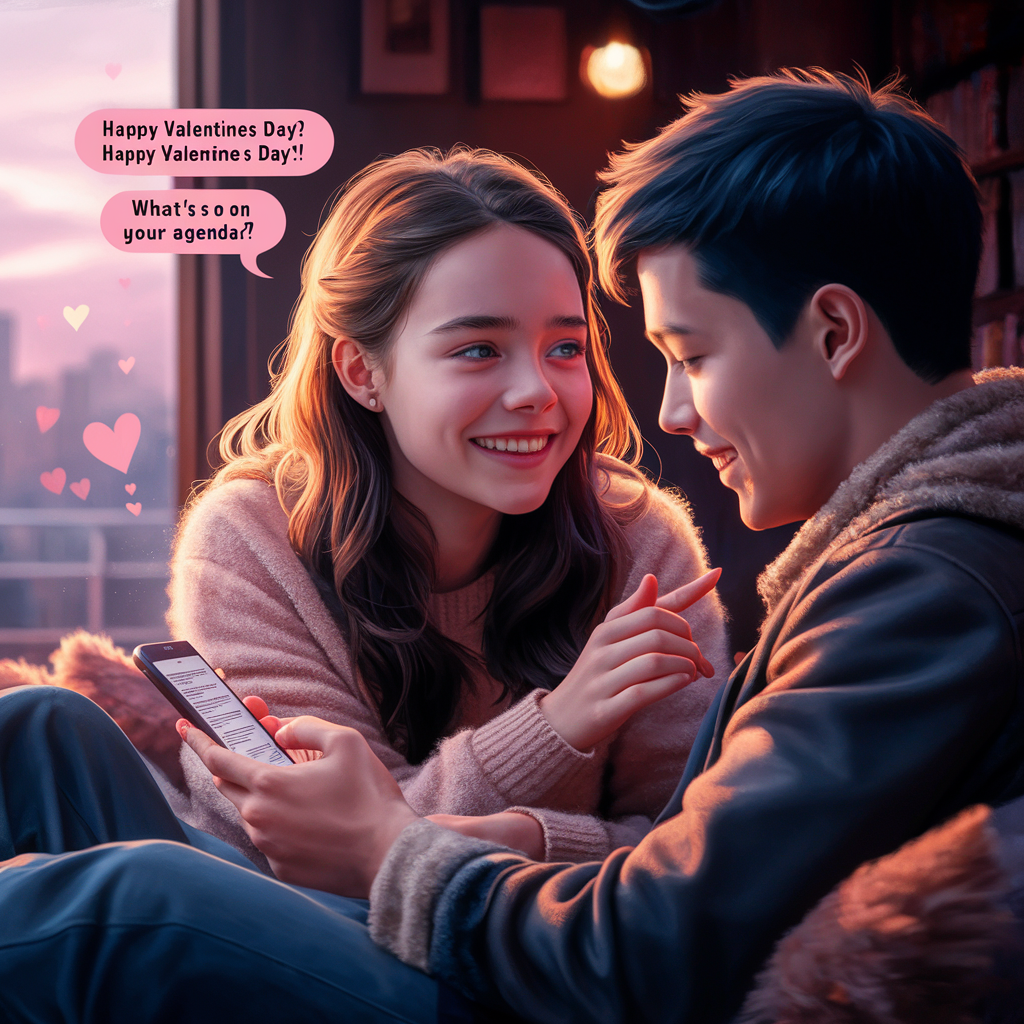
Wishing them well and directly asking about their agenda prompts them to discuss their plans and activities for Valentine’s Day.
Example:
Friend:
“Happy Valentine’s Day!”
You:
“Happy Valentine’s Day! What’s on your agenda?”
This response combines a friendly greeting with a curiosity about their plans, encouraging them to share details and fostering a lively conversation.
Thank you! How are you celebrating today?
Expressing gratitude for the wish and immediately asking about their celebration shows interest in their activities and creates a space for them to share their Valentine’s Day experiences.
Example:
Friend:
“Happy Valentine’s Day!”
You:
“Thank you! How are you celebrating today?”
By appreciating their greeting and inquiring about their celebration, you demonstrate genuine curiosity and open the door for them to discuss their Valentine’s Day plans.
Thanks! What does Valentine’s Day mean to you?
Acknowledging the wish with gratitude and initiating a deeper conversation about the significance of Valentine’s Day invites them to share their thoughts and feelings about the holiday.
Example:
Friend:
“Happy Valentine’s Day!”
You:
“Thanks! What does Valentine’s Day mean to you?”
This response goes beyond a simple acknowledgment by prompting a discussion about the holiday’s meaning, fostering a meaningful exchange about traditions and sentiments.
Happy Valentine’s Day! Any Valentine’s traditions you’re following?
Wishing them well and asking about their traditions prompts them to share how they celebrate Valentine’s Day, encouraging a conversation about customs and rituals.
Example:
Friend:
“Happy Valentine’s Day!”
You:
“Happy Valentine’s Day! Any Valentine’s traditions you’re following?”
This response acknowledges the holiday and invites them to discuss their personal or cultural traditions, fostering a deeper understanding of how they celebrate.
Thank you! What’s your favorite thing about Valentine’s Day?
Acknowledging their wish with gratitude and asking about their favorite aspect of Valentine’s Day encourages them to share their joys and preferences about the holiday.
Example:
Friend:
“Happy Valentine’s Day!”
You:
“Thank you! What’s your favorite thing about Valentine’s Day?”
This response initiates a conversation about their favorite aspects of the holiday, creating an opportunity for them to express their sentiments and preferences.
Thanks! How do you usually spend Valentine’s Day?
Expressing gratitude for the wish and asking about their typical Valentine’s Day activities invites them to share their usual routines and traditions for the holiday.
Example:
Friend:
“Happy Valentine’s Day!”
You:
“Thanks! How do you usually spend Valentine’s Day?”
By acknowledging their greeting and asking about their usual activities, you show genuine interest in their traditions and create space for them to share their experiences.
Happy Valentine’s Day! Any Valentine’s memories you’d like to share?
Wishing them well and inviting them to reminisce about past Valentine’s Day memories encourages them to share stories and experiences related to the holiday.
Example:
Friend:
“Happy Valentine’s Day!”
You:
“Happy Valentine’s Day! Any Valentine’s memories you’d like to share?”
This response acknowledges the holiday and prompts them to recall memorable moments, fostering a nostalgic and heartfelt conversation.
Thank you! How has your Valentine’s Day been so far?

Acknowledging the wish with gratitude and inquiring about their day’s experiences encourages them to share their Valentine’s Day activities and feelings.
Example:
Friend:
“Happy Valentine’s Day!”
You:
“Thank you! How has your Valentine’s Day been so far?”
By appreciating their greeting and asking about their day, you show genuine interest in their experiences and create an opportunity for them to share their Valentine’s Day journey.
Happy Valentine’s Day! What’s your favorite Valentine’s Day treat?
Wishing them well and asking about their favorite holiday treat encourages them to discuss delicious foods and treats associated with Valentine’s Day.
Example:
Friend:
“Happy Valentine’s Day!”
You:
“Happy Valentine’s Day! What’s your favorite Valentine’s Day treat?”
This response combines a warm wish with a curiosity about their culinary preferences, creating a conversation about tasty treats and delights.
Thanks! What’s the best Valentine’s Day gift you’ve received?
Expressing gratitude for the wish and asking about their favorite Valentine’s Day gift prompts them to share memorable presents and experiences related to the holiday.
Example:
Friend:
“Happy Valentine’s Day!”
You:
“Thanks! What’s the best Valentine’s Day gift you’ve received?”
This response acknowledges their greeting and invites them to reminisce about meaningful gifts, fostering a conversation about cherished memories.
Happy Valentine’s Day! Any romantic plans for tonight?
Wishing them well and inquiring about their romantic plans for the evening opens up the conversation to discuss their evening activities and special moments.
Example:
Friend:
“Happy Valentine’s Day!”
You:
“Happy Valentine’s Day! Any romantic plans for tonight?”
This response acknowledges the holiday’s romantic theme and prompts them to share their plans, fostering a discussion about love and connection.
Thank you! How do you make Valentine’s Day special?
Acknowledging the wish with gratitude and asking about their strategies for making Valentine’s Day special encourages them to share their personal traditions and rituals.
Example:
Friend:
“Happy Valentine’s Day!”
You:
“Thank you! How do you make Valentine’s Day special?”
By appreciating their greeting and inquiring about their methods, you show genuine interest in their traditions and create space for them to share their unique celebrations.
Thanks! What’s the most romantic thing you’ve done on Valentine’s Day?
Expressing gratitude for the wish and asking about their romantic gestures prompts them to share memorable experiences and gestures related to the holiday.
Example:
Friend:
“Happy Valentine’s Day!”
You:
Thanks! What’s the most romantic thing you’ve done on Valentine’s Day?”
This response acknowledges their greeting and invites them to discuss romantic moments, fostering a conversation about love and affection.
Happy Valentine’s Day! How do you feel about this holiday?
Wishing them well and asking about their feelings towards Valentine’s Day prompts them to share their perspectives and sentiments about the holiday.
Example:
Friend:
“Happy Valentine’s Day!”
You:
“Happy Valentine’s Day! How do you feel about this holiday?”
This response acknowledges the holiday and encourages them to discuss their thoughts, creating an opportunity for a meaningful exchange about emotions and viewpoints.
Thank you! Any favorite Valentine’s Day movies you’d recommend?
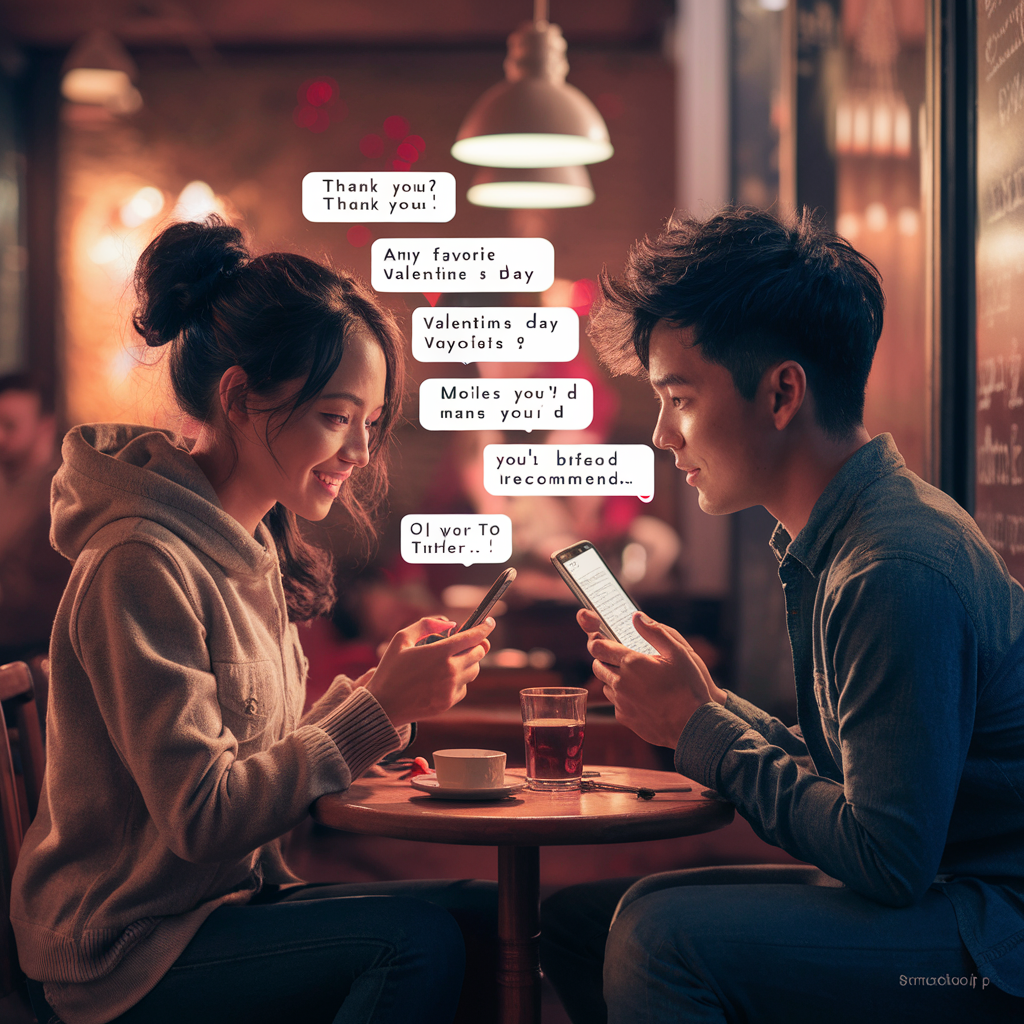
Acknowledging the wish with gratitude and asking about their favorite holiday films encourages them to share cinematic recommendations and preferences.
Example:
Friend:
Happy Valentine’s Day!”
You:
“Thank you! Any favorite Valentine’s Day movies you’d recommend?”
This response combines appreciation with curiosity about their film tastes, sparking a conversation about romantic movies and entertainment.
Happy Valentine’s Day! How are you spreading love today?
Wishing them well and inquiring about their acts of kindness and love prompts them to share their gestures and efforts to spread love on Valentine’s Day.
Example:
Friend:
“Happy Valentine’s Day!”
You:
“Happy Valentine’s Day! How are you spreading love today?”
This response acknowledges the holiday’s theme of love and encourages them to discuss their actions, fostering a conversation about kindness and compassion.
Thanks! What’s your idea of a perfect Valentine’s Day?
Expressing gratitude for the wish and asking about their ideal celebration prompts them to share their vision of a perfect Valentine’s Day, creating a conversation about dreams and aspirations.
Example:
Friend:
“Happy Valentine’s Day!”
You:
“Thanks! What’s your idea of a perfect Valentine’s Day?”
By acknowledging their greeting and inquiring about their ideal scenario, you show genuine interest in their fantasies and create space for them to share their perfect Valentine’s Day vision.
Happy Valentine’s Day! How do you celebrate love every day?
Wishing them well and asking about their daily expressions of love prompts them to share their thoughts and practices for cultivating love every day.
Example:
Friend:
“Happy Valentine’s Day!”
You:
“Happy Valentine’s Day! How do you celebrate love every day?”
This response acknowledges the holiday’s theme of love and encourages them to discuss their beliefs and actions, fostering a conversation about ongoing love and affection.
Thank you! What’s your favorite Valentine’s Day song?
Acknowledging the wish with gratitude and asking about their favorite holiday tunes encourages them to share musical recommendations and preferences.
Example:
Friend:
“Happy Valentine’s Day!”
You:
“Thank you! What’s your favorite Valentine’s Day song?”
This response combines appreciation with curiosity about their music tastes, sparking a conversation about romantic songs and melodies.
Happy Valentine’s Day! Any Valentine’s Day traditions you’d recommend?
Wishing them well and asking for their suggestions on traditions prompts them to share their favorite customs and rituals for celebrating Valentine’s Day.
Example:
Friend:
“Happy Valentine’s Day!”
You:
Happy Valentine’s Day! Any Valentine’s Day traditions you’d recommend?”
This response acknowledges the holiday and invites them to discuss their recommendations, creating an opportunity for a lively conversation about festive practices.
Thanks! How has your Valentine’s Day changed over the years?
Expressing gratitude for the wish and asking about their evolving celebrations prompts them to reflect on how their Valentine’s Day traditions have transformed over time.
Example:
Friend:
“Happy Valentine’s Day!”
You:
“Thanks! How has your Valentine’s Day changed over the years?”
By acknowledging their greeting and inquiring about their experiences, you show genuine interest in their journey and create space for them to share their evolving perspectives.
Happy Valentine’s Day! How are you pampering yourself today?
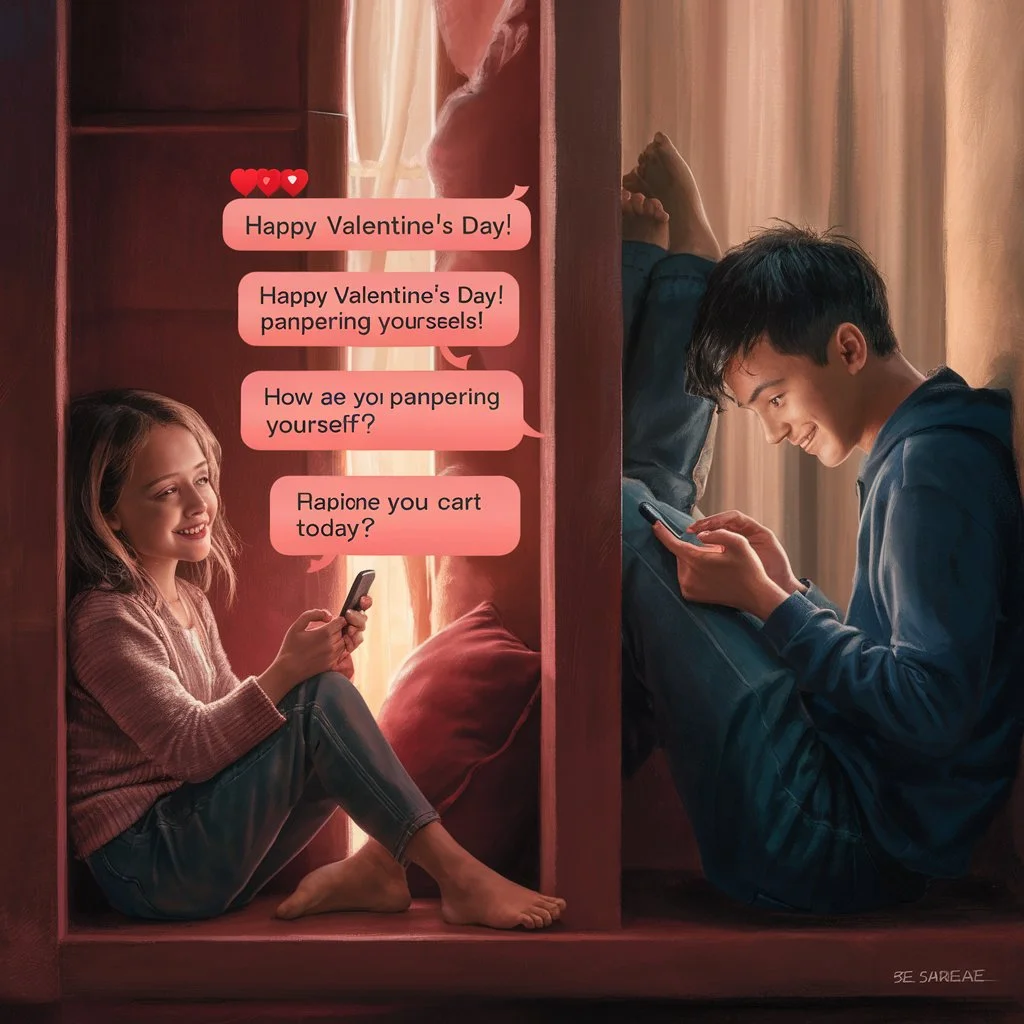
Wishing them well and asking about their self-care routines prompts them to discuss their methods for indulging and treating themselves on Valentine’s Day.
Example:
Friend:
“Happy Valentine’s Day!”
You:
Happy Valentine’s Day! How are you pampering yourself today?”
This response acknowledges the holiday and encourages them to discuss their self-care practices, fostering a conversation about wellness and relaxation.
Thank you! What’s the most unique Valentine’s Day gift you’ve given?
Acknowledging the wish with gratitude and asking about their unique gifts prompts them to share memorable presents they’ve given on Valentine’s Day.
Example:
Friend:
“Happy Valentine’s Day!”
You:
“Thank you! What’s the most unique Valentine’s Day gift you’ve given?”
This response combines appreciation with curiosity about their gift-giving experiences, sparking a conversation about creativity and thoughtfulness.
Happy Valentine’s Day! Any Valentine’s Day recipes you love?
Wishing them well and asking about their favorite holiday recipes encourages them to share culinary delights and dishes associated with Valentine’s Day.
Example:
Friend:
“Happy Valentine’s Day!”
You:
“Happy Valentine’s Day! Any Valentine’s Day recipes you love?”
This response acknowledges the holiday and invites them to discuss their culinary preferences, creating an opportunity for a delicious conversation about festive foods.
These responses are designed to acknowledge the greeting, express gratitude or curiosity, and encourage further conversation about Valentine’s Day traditions, memories, and sentiments. Whether you’re celebrating with a significant other, friends, or family, these replies can help you engage meaningfully in the spirit of the holiday. Remember, the essence of Valentine’s Day lies in spreading love and appreciation, so embrace the opportunity to connect and share joy with those around you.
Conclusion
Valentine’s Day is not just a day for romantic gestures but a celebration of all forms of love. How you respond to someone’s “Happy Valentine’s Day” greeting can set the tone for a warm and memorable interaction.
Whether you choose to reciprocate with gratitude, inquire about their plans, or share favorite traditions, your response can deepen your connection with others and make the day more meaningful.
Use these creative replies as inspiration to express your appreciation, spark conversations, and celebrate love in all its forms. May your Valentine’s Day be filled with joy, laughter, and heartfelt connections!

Matthew Porter is the visionary behind ReplySwift.com. With a talent for crafting concise and impactful responses, Matthew helps others communicate with clarity and confidence. On ReplySwift.com, he provides expert advice, practical templates, and valuable insights to enhance every reply. Join Matthew and transform your communication skills to make each response swift and effective.


